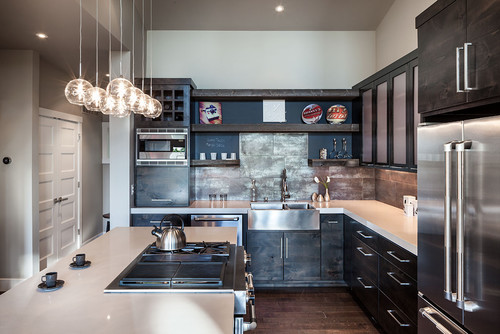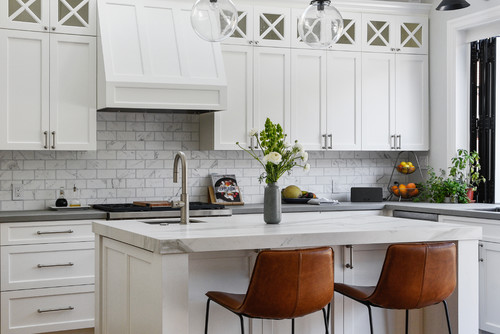

Top 15 Best Materials for Kitchen Cabinets
When it comes to remodeling or building your dream kitchen, selecting the right & best materials for kitchen cabinets are essential. With a variety of options available in the market, it’s important to understand the pros and cons of each material. In this guide, we will explore the top 15 kitchen cabinet materials, discussing their features and benefits to help you make an informed decision.
Plywood: A Balance of Lightweight Design and Durability
Plywood is an excellent alternative for those seeking durable kitchen cabinets without the premium price of solid wood or stainless steel. It’s lightweight yet sturdy, and it’s easy to repair chips, scratches, or other minor damages. While plywood saves on material costs, be cautious when selecting plywood for your project to avoid knots, gaps, and thinner planks that may not hold up under heavy loads.
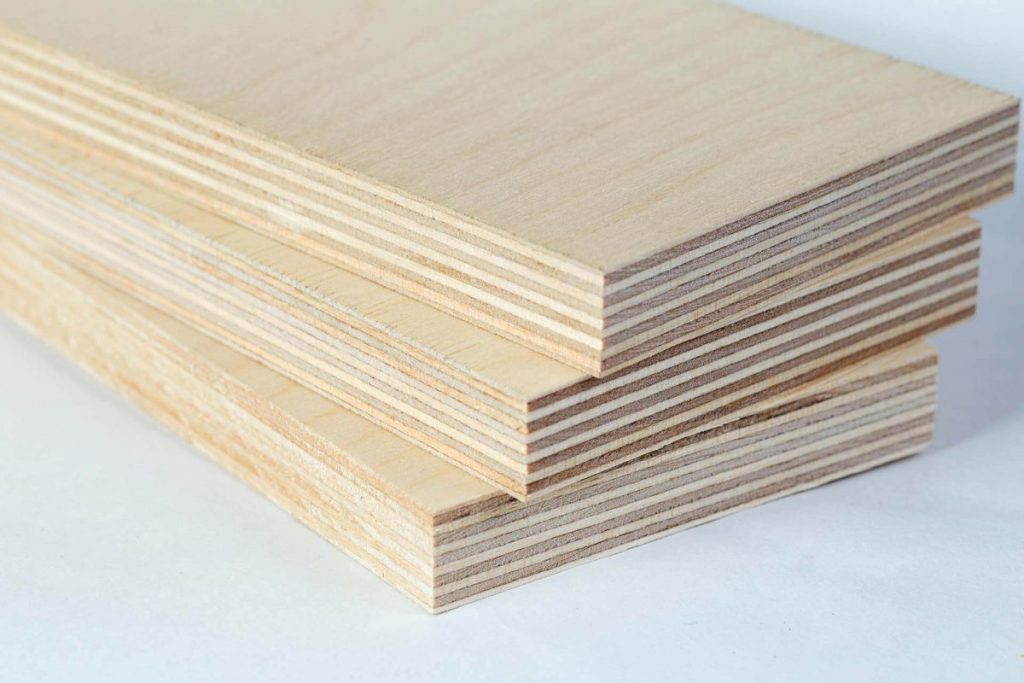
Medium-Density Fiberboard (MDF): A Versatile and Affordable Cabinet Material
MDF is a popular material for kitchen cabinets due to its affordability, versatility, and range of styles. It is denser than hardwood, allowing for a smooth, grain-free finish that is not achievable with solid wood or plywood. MDF is water-resistant and mold-resistant, making it suitable for high-moisture environments like kitchens. However, it is less durable compared to other cabinet materials, and high temperatures can cause damage.
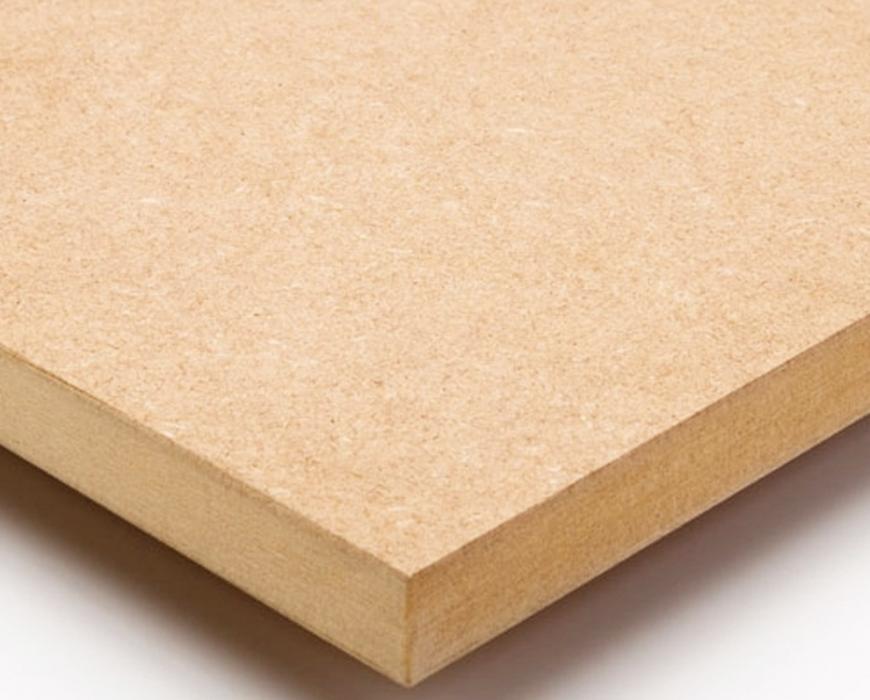
Solid Wood: Strength, Durability, and a Timeless Look
Solid wood is a top choice for kitchen cabinet materials due to its strength, durability, and long lifespan. It’s an environmentally-friendly option, often crafted from sustainable resources. The best wood for kitchen cabinets includes oak, maple, cherry, and hickory. While solid wood is more expensive than other materials, its durability and timeless appeal make it a worthwhile investment. Be mindful that wood is porous and susceptible to stains, so it’s essential to clean spills promptly.
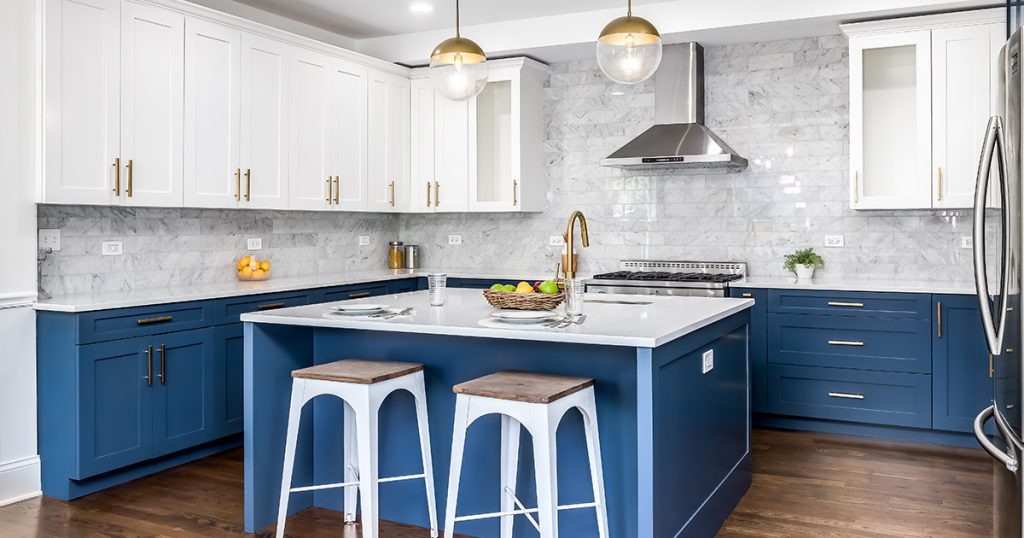
Stainless Steel: A High-End Option for Commercial and Residential Kitchens
Stainless steel is known for its durability, heat resistance, water resistance, and easy maintenance, making it a popular choice for commercial and residential stainless steel kitchen cabinets. Its sleek, modern appearance can elevate any kitchen design. However, the high price of stainless steel cabinets and their niche style may be a drawback for some homeowners.
Particleboard: A Budget-Friendly and Lightweight Choice
Particleboard is the least expensive material for kitchen cabinets, making it an attractive option for budget-conscious homeowners. It is made from compressed wood chips, but it lacks the strength and density of MDF or HDF. Due to its limited strength, particleboard is not suitable for supporting heavy loads, and repeated attempts to screw into it can cause crumbling.
Melamine: Combining Durability and Affordability
Melamine boards offer a durable and affordable option for kitchen cabinet construction. Made by bonding a decorative resin-infused melamine paper to an MDF or particleboard substrate, melamine is resistant to water, heat, staining, and warping. Its lower cost compared to solid wood or plywood makes it an attractive option for homeowners seeking durability without breaking the bank.
Wood Veneer: Achieving a Wood-Like Appearance at a Lower Cost
Wood veneer cabinets provide the natural wood appearance without the high cost of solid wood cabinets. Thin strips of solid hardwood are bonded to plywood, MDF, or particleboard to create panels that mimic solid wood. This material is lightweight, resistant to warping, and relatively easy to maintain.
Laminate: A Durable and Low-Maintenance Material
Laminate cabinets are made by applying a resin combined with paper to a wood substrate core, usually made of plywood, MDF, or particleboard. This process increases the strength and durability of the material while protecting it against heat, moisture, stains, and abrasive damage. Laminate is a cost-effective option for kitchen cabinets, but the durability relies heavily on the quality of the material. High-pressure laminate (HPL) is recommended for kitchen cabinet construction due to its superior resistance to cracks or chips compared to low-pressure laminate (LPL).
Thermofoil: A Wide Range of Colors, Patterns, and Designs
Thermofoil cabinets offer a variety of colors, patterns, and designs, making it easy to find the perfect look for your kitchen. These cabinets consist of an MDF core with a foil-like material vacuum-sealed over the MDF using high heat. Thermofoil is relatively inexpensive and easy to clean but is sensitive to heat, moisture, and abrasive damage. Additionally, it can be susceptible to peeling and is difficult to reface or paint.
High-Density Fiberboard (HDF): Dense, Affordable, and Paint-Friendly
HDF is an affordable and dense material well-suited for kitchen cabinet construction. It mimics the hardness and appearance of solid wood cabinetry, making it a great choice for DIYers looking to save on material costs. While HDF doesn’t hold screws or nails well, it is an excellent option for painting cabinets. It remains stable in both humid and dry environments but is susceptible to water damage, so it’s crucial to ensure dishes and other kitchen items are properly dried before placing them in HDF cabinets.
Acrylic: Glossy Finish and Easy Maintenance
Acrylic is a high-quality plastic material that is known for its glossy finish and durability. It is available in a wide range of colors and patterns, giving you the ability to create a modern and stylish kitchen. Acrylic is easy to maintain and is resistant to scratches, stains, and moisture. However, it can be more expensive than other materials and may show fingerprints and smudges more easily.
Glass: Elegant and Transparent Look
Glass cabinets can create an elegant and open look in your kitchen. They are perfect for displaying your beautiful dishware and glassware. While glass is not suitable for the entire kitchen cabinet structure, it is commonly used as a decorative element on cabinet doors. Glass can be tempered for added strength and safety, but it can also be more fragile than other materials and requires regular cleaning to maintain its appearance.
Bamboo: Sustainable and Eco-Friendly
Bamboo is an eco-friendly and sustainable material that has gained popularity in recent years. It is strong, durable, and has a unique appearance that sets it apart from traditional wood options. Bamboo is moisture-resistant and less prone to warping compared to other materials. However, it can be more expensive and may have limited design options due to its distinctive look.
PVC: Water-Resistant and Budget-Friendly
Polyvinyl chloride (PVC) is a budget-friendly and water-resistant option for kitchen cabinets. PVC cabinets are lightweight and can withstand moisture, making them suitable for humid environments. They are available in various colors and finishes but may not have the same aesthetic appeal as other materials. PVC cabinets can be less durable over time and may not hold up well under heavy usage.
Reclaimed Wood: Rustic Charm and Eco-Friendly
Reclaimed wood is an eco-friendly option that adds a rustic charm to your kitchen. This material comes from old structures, such as barns or warehouses, and is repurposed for use in cabinetry. Reclaimed wood cabinets are unique, as no two pieces of wood are the same. They can be more expensive due to the labor involved in sourcing and preparing the wood, but they contribute to a more sustainable and environmentally-friendly kitchen design.
Conclusion
Selecting the right kitchen cabinet material plays a crucial role in achieving a beautiful, functional, and long-lasting kitchen design. With a wide variety of materials available, each offering unique benefits and drawbacks, it’s essential to consider factors such as durability, maintenance, aesthetics, and budget when making your decision. By understanding the characteristics of each material, you can make an informed choice that will not only complement your home’s style but also stand the test of time. Ultimately, a well-thought-out selection of kitchen cabinet materials will contribute to a more enjoyable and efficient cooking experience, making your kitchen the heart of your home.


